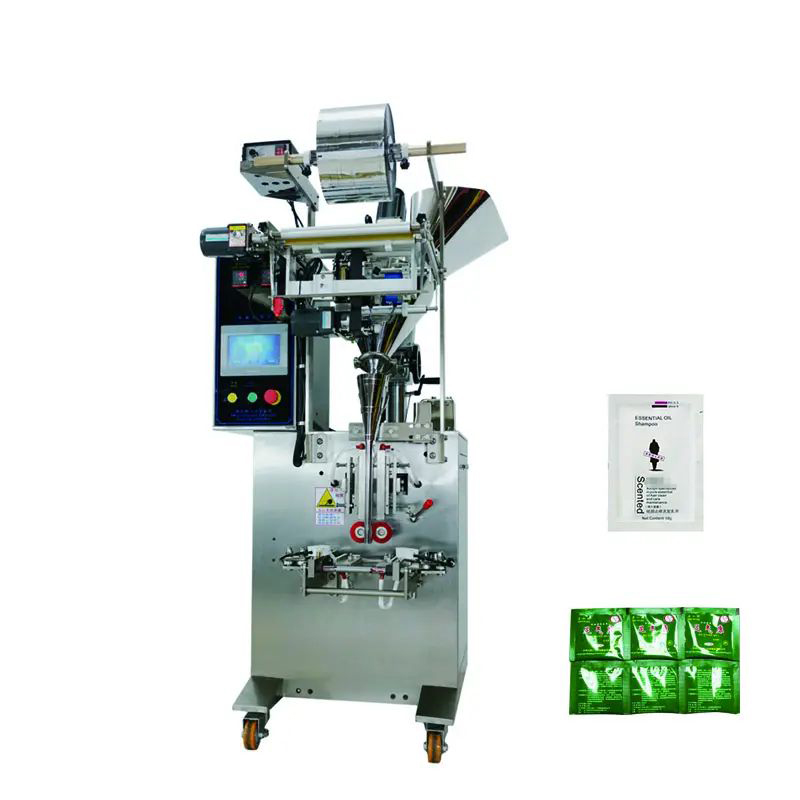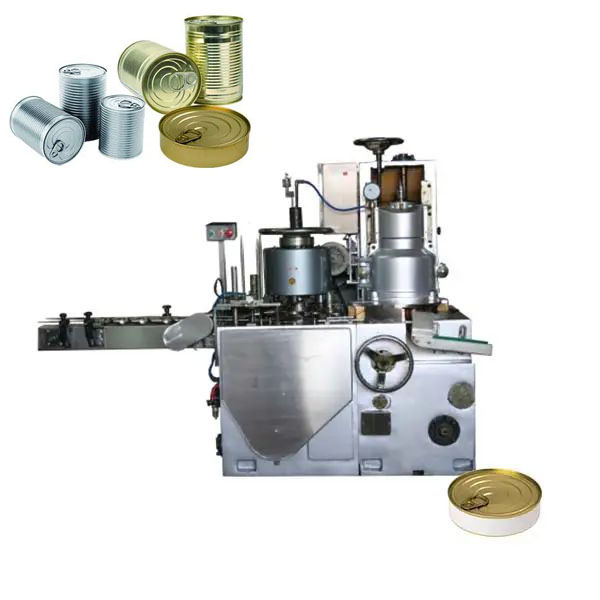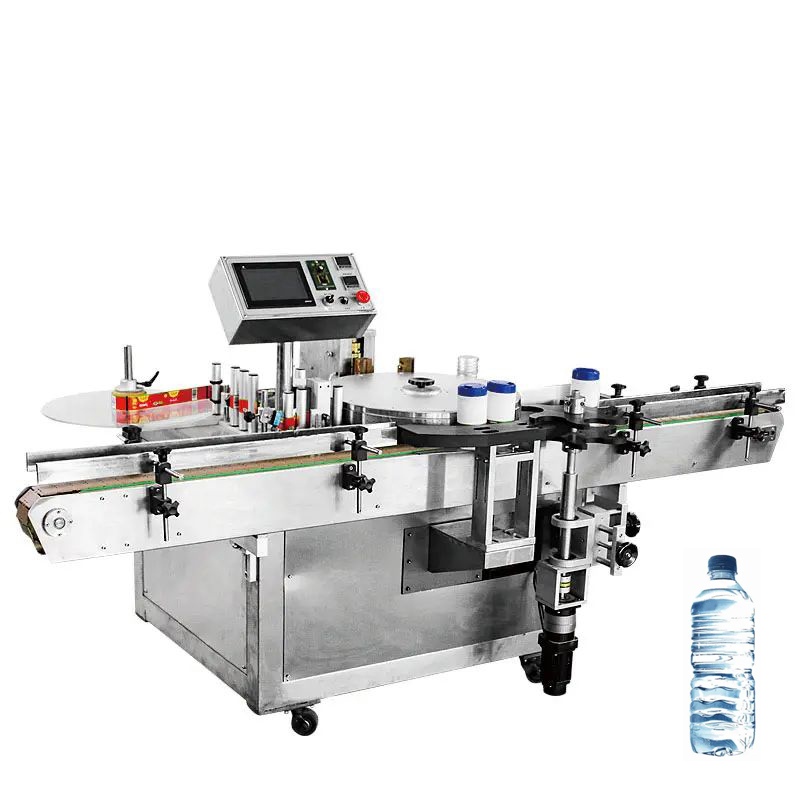
Water, sanitation and hygiene (WASH)
CachedDec 21, 2023 · Safe drinking-water, sanitation and hygiene (WASH) are crucial to human health and well-being. Safe WASH is not only a prerequisite to health, but contributes to livelihoods, school attendance and dignity and helps to create resilient communities living in healthy environments. Environmental Health Healthier environments could prevent almost one quarter of... Antimicrobial Resistance Antimicrobial resistance (AMR) threatens the effective... Chemical Safety Chemical Safety is achieved by undertaking all activities... Patient Safety Recognizing the huge burden of patient harm in health care,...

Drinking-water - World Health Organization (WHO)
CachedDrinking-Water ServicesWater and HealthEconomic and Social EffectsChallengesWho's ResponseSustainable Development Goal target 6.1 calls for universal and equitable access to safe and affordable drinking water. The target is tracked with the indicator of “safely managed drinking water services” – drinking water from an improved water source that is located on premises, available when needed, and free from faecal and priority chemical con... See full list on who.int Contaminated water and poor sanitation are linked to transmission of diseases such as cholera, diarrhoea, dysentery, hepatitis A, typhoid and polio. Absent, inadequate, or inappropriately managed water and sanitation services expose individuals to preventable health risks. This is particularly the case in health care facilities where both patients ... See full list on who.int When water comes from improved and more accessible sources, people spend less time and effort physically collecting it, meaning they can be productive in other ways. This can also result in greater personal safety and reducing musculoskeletal disorders by reducing the need to make long or risky journeys to collect and carry water. Better water sour... See full list on who.int Historical rates of progress would need to double for the world to achieve universal coverage with basic drinking water services by 2030. To achieve universal safely managed services will require a 6-fold increase. Climate change, increasing water scarcity, population growth, demographic changes and urbanization already pose challenges for water su... See full list on who.int As the international authority on public health and water quality, WHO leads global efforts to prevent water-related disease, advising governments on the development of health-based targets and regulations. WHO produces a series of water quality guidelines, including on drinking-water, safe use of wastewater, and recreational water quality. The wat... See full list on who.int

Improving access to water, sanitation and hygiene can save 1. ...
CachedJun 28, 2023 · Improving access to water, sanitation and hygiene can save 1.4 million lives per year, says new WHO report. Half of the world’s population still does not have adequate access to safe drinking water, sanitation and hygiene (WASH) which could have prevented at least 1.4 million deaths and 74 million disability-adjusted life years in 2019 ...

WASH – Water, Sanitation and Hygiene | UN-Water
CachedWithout water, sanitation and hygiene (WASH), people’s wellbeing, dignity and opportunities are severely compromised, particularly women and girls’. Access to water and sanitation are human rights. Hygiene knowledge and facilities are life-saving, highly cost-effective health interventions.

WASH – Water, Sanitation and Hygiene | UN-Water
unwater.org/water-facts/wash-water-sanitation-and-hygieneSee all results for this question

Water, Sanitation and Hygiene (WASH) | UNICEF
CachedWorldwide, 2.2 billion people still lack access to safe drinking water. Nearly half of the global population does not have access to safe sanitation. Two billion people do not have access to handwashing facilities with soap. Still, 419 million people practice open defecation.

Billions of people will lack access to safe water ... - UNICEF
CachedJul 1, 2021 · GENEVA/NEW YORK, 1 July 2021 – Billions of people around the world will be unable to access safely managed household drinking water, sanitation and hygiene services in 2030 unless the rate of progress quadruples, according to a new report from WHO and UNICEF.

Images
View all

Water and Sanitation - United Nations Sustainable Development
CachedIn 2022, 2.2 billion people still lacked safely managed drinking water, including 703 million without a basic water service; 3.5 billion people lacked safely managed sanitation, including 1.5...
Contact Us Now
